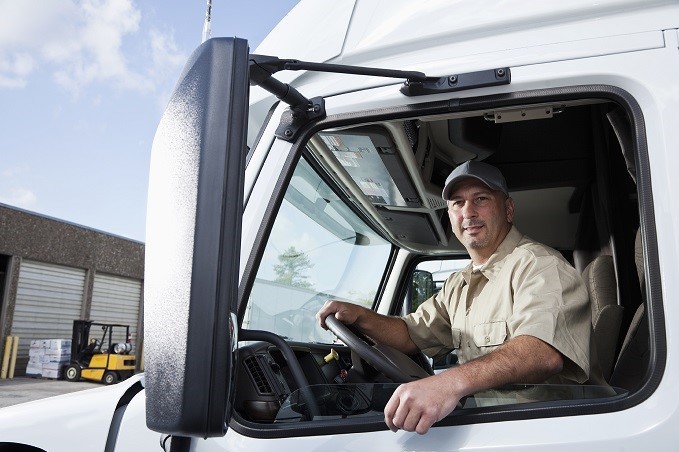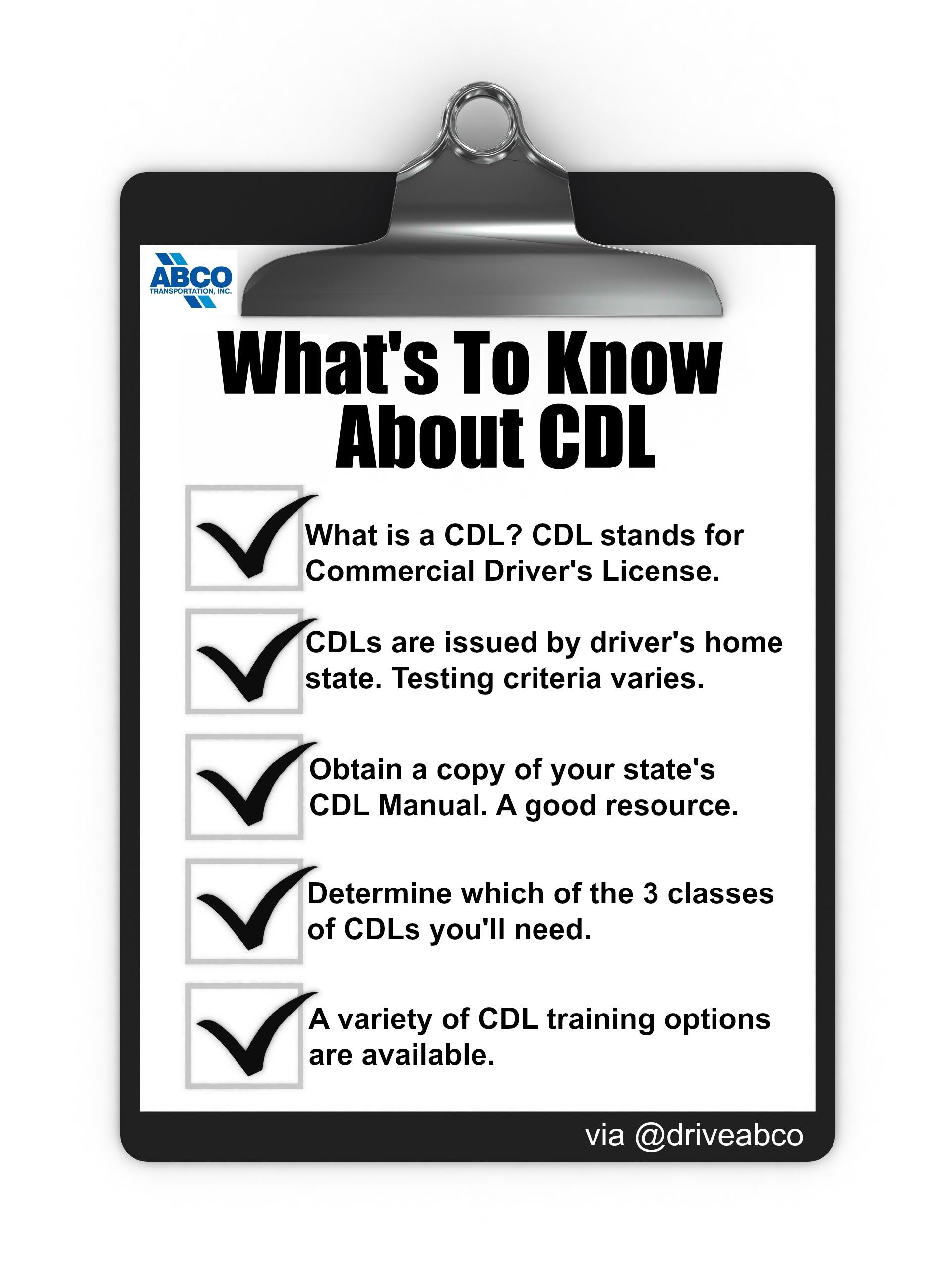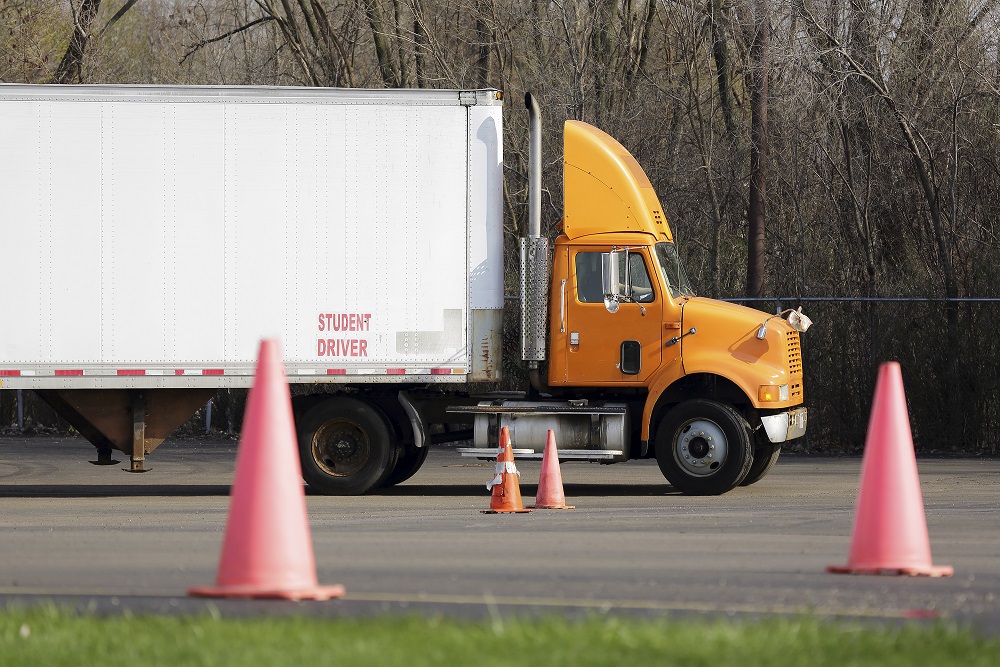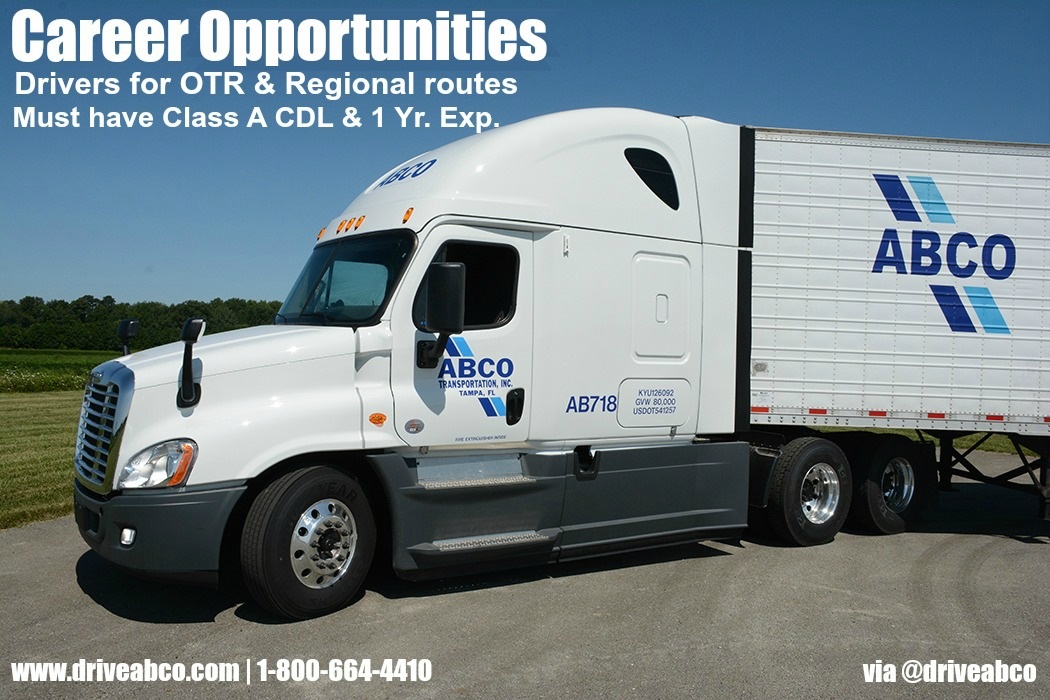 November 14, 2014
November 14, 2014
Deciding to obtain a CDL or commercial driver’s license is not like obtaining a regular license to drive a vehicle. There is a lot more skill and knowledge required before a CDL is handed over. After all, having a CDL often means driving a truck used to ship freight across the country.
It’s a job that comes with a lot of responsibility for the more than 3.2 million drivers behind the wheel of a commercial vehicle and it’s no longer like driving the family sedan.
The process to obtaining a CDL examines a driver’s knowledge and skills of the vehicle, as well as the road. The driver must meet medical guidelines and residency requirements. Drivers are required to hold a CDL if they operate in interstate, intrastate, or foreign commerce and drive a vehicle that meets one or more of the classifications of a commercial motor vehicle or CMV.
CDL Basics: It’s Not Your Regular License
A CDL must be obtained in the driver’s home state. Each state has its own requirements for obtaining a CDL. It might be helpful get a copy of your state’s Commercial Driver’s Licensing (CDL) Manual as a resource guide. Additional endorsements may be required if a driver or the company operates:
- a truck with double or triple trailers
- a truck with a tank
- a truck carrying hazardous materials
- a passenger vehicle
Many training options are available for those wanting a CDL like community colleges, technical schools, and private institutions. Research which option may work best for you to make sure you are prepared to obtain a CDL.
Also make sure to learn if a potential company you are interested in working for will hire drivers soon after graduation from a training program and getting a CDL or if they prefer drivers gain OTR experience before applying.
CDL Class and Endorsements
States issue three types of CDLs based on guidelines by the Federal Motor Carrier Safety Administration or FMCSA. The testing criteria and guidelines differ for each state. However the guidelines must meet the minimum of federal regulations.
- Class A: Vehicles with a gross combination weight rating or gross combination weight of 26,001 pounds or more, inclusive of a towed unit(s) with a gross vehicle weight rating or gross vehicle weight of more than 10,000 pounds.
- Class B: Any single vehicle which has a gross vehicle weight rating or gross vehicle weight of 26,001 pounds, or any such vehicle towing a vehicle with a gross vehicle weight rating or gross vehicle weight that does not exceed 10,000 pounds.
- Class C: Any single vehicle, or combination of vehicles, that does not meet the definition of Class A or Class B, but is either designed to transport 16 or more passengers, including the driver, or is transporting material that has been designated as hazardous under 49 U.S.C. 5103 and is required to be placarded under subpart F of 49 CFR Part 172 or is transporting any quantity of a material listed as a select agent or toxin in 42 CFR Part 73.
Driving for ABCO
Our drivers must have a Class A CDL and have at least one year of verifiable OTR experience. At ABCO we offer regional and OTR positions to serve our expanding customer base of refrigerated freight. So if you have a Class A CDL and a year of OTR experience, we might just have a job waiting for you! Our driver recruiter Tania can help answer questions about driving for ABCO. Give her a call today at 1-800-664-4410.


